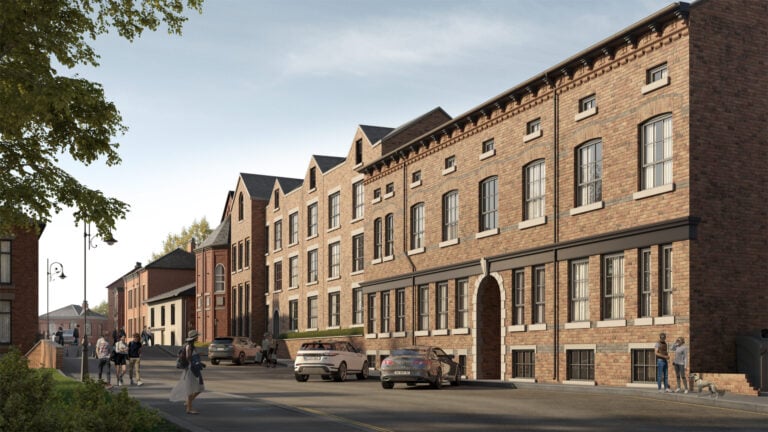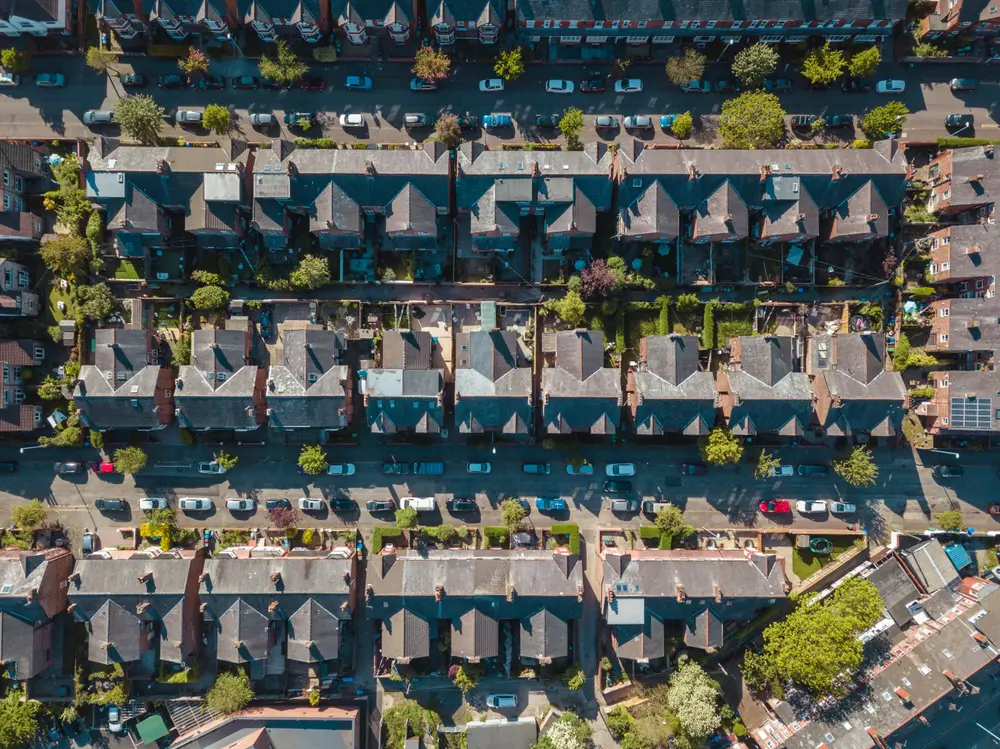The south-west London district of Nine Elms has risen through the ranks as one of the capital’s hottest property investment locations. Zoe Dare Hall looks at how things are changing in the area.
Nine Elms – the 227-hectare ‘opportunity area’ that fringes the Thames in Vauxhall and Battersea – has never been a stranger to controversy.
In 2012, shortly before the first of the area’s 18,500 flats were marketed off-plan, Boris Johnson, as mayor, hailed this £15bn regeneration zone “the greatest transformational story in the world’s greatest city”. Donald Trump disagreed. “Lousy”, he declared six years later of the American embassy’s choice of “off-location” for its new £1bn home.
Yet in 2025, flats in this huge new riverfront neighbourhood now command higher rents than those in prime central London, according to new research by CBRE. Being part of Generation Rent in Nine Elms is definitely no poor man’s option (nor is buying there, with the average flat costing just under £900,000).
“It’s not uncommon for tenants to have a gross income of at least 30 times the monthly rental rate, so a tenant paying £4,000 a month will be earning at least £120,000 a year,” comments Rian Strauss, a director at CBRE.
Their data shows that flats in the 57-storey River Park Tower in Nine Elms, the tallest tower in London’s Zone One, achieve an average rental yield of 5.1% compared with 4% in PCL’s golden postcodes of Knightsbridge and Belgravia.
Nine Elms is “hyperconnected”
Early detractors cried “ghost town” when the first flats in the Malaysian-owned Battersea Power Station were marketed off-plan to Asian investors. This, they predicted, would be a prime case of lights out London. One member of the local campaign group decried this as a “buy to leave business” for most investors.
Yet 37% of Nine Elms’ residents are young professionals aged 25-34, and 15% of households are young families, according to research by Strutt & Parker. Nearly three quarters of homes in this “hyperconnected” district are within 200m of a train, tube or bus, and 99.6% have ultrafast broadband, compared to the national average of 55%, comments Matt Henderson from Strutt & Parker’s residential research team.
So far 10,000 homes have been delivered, according to the London Plan data. Key milestones such as the redevelopment of Battersea Power Station, the arrival of Apple as a major corporate tenant, and the opening of two new stations on the Northern Line extension, have turned it into “a vibrant destination for Londoners”, says Strauss.
Add to that some other headline grabbers, including the Instagram catnip that is the glass sky pool that straddles two residential blocks in EcoWorld Ballymore’s Embassy Gardens, and Prospect Place at Battersea Power Station, starchitect Frank Gehry’s first residential building in the UK.
Opportunities to invest
It’s not cheap to live in Nine Elms, that’s for sure. And that, of course, is divisive. There will be 42 new developments in total and the average sold price for flats currently is £879,951, according to Rightmove, compared to £729,103 for the whole of Battersea.
One-bedroom flats at Circus West, the first scheme to go on sale at Battersea Power Station in 2013, cost from £423,000 when they launched. Now they sell for £700,000 and one-bed flats in the power station itself are priced up to £2.5m.
But now may still present good opportunities for investors, given the high rents that can be achieved and falling purchase prices. The figures vary; Rightmove’s sold prices in Nine Elms in 2024 were 34% down on 2023 and 40% on peak 2014. Land Registry data shows Nine Elms’ prices have fallen by 11.6% in the past year, compared with -1.3% in Battersea as a whole and -3% in Vauxhall. This mirrors the picture of falling prices in most of prime and outer prime London as the cost-of-living crisis bites.
But a ghost town it definitely isn’t. Pop-up attractions, regular events and a cherry-picked assortment of independent retail and F&B outlets are attracting a young affluent crowd who appreciate the on-tap offering. “By 2030, it will be one of London’s newest lifestyle and business hubs,” says James Swain at Chestertons Battersea Park. This “lousy” location may just prove its critics wrong.









